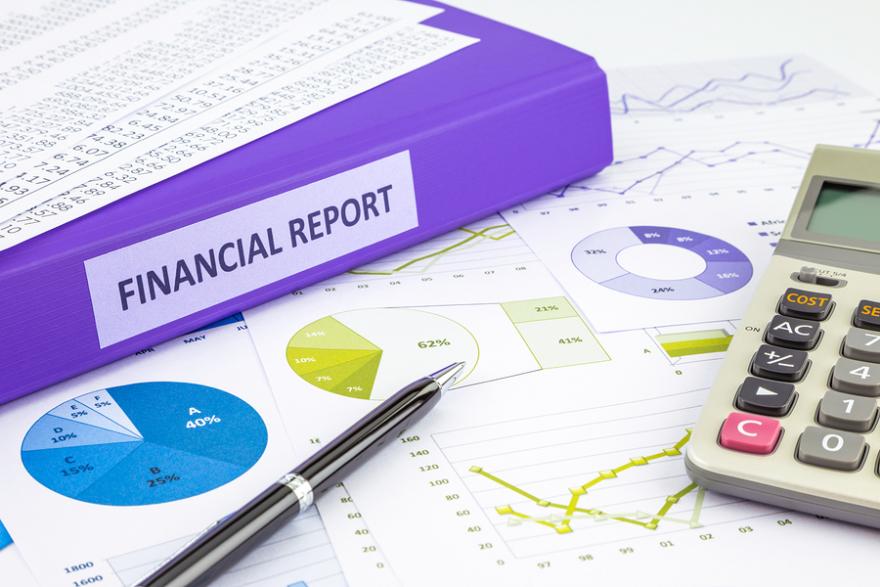PREPARING
A FINANCIAL REPORT:
Financial Report is an informational
document about the financial performance of a company. That include the balance
sheet, income statement, cost of goods sold statement and cash flow statement.
Actually that is a summary of the company or business which we make after a
specific period of time. The Beneficiaries of the financial report are all the
stakeholders of the business. The Complete process of the financial reporting
is consist of different steps which are as
follows:
·
Preparing and Planning to write.
·
Preparing the balance sheet.
·
Preparing the income statement.
·
Preparing statement of cash flows.
·
Adding additional information and important notes.
We have two common
different methods of making financial reports. Which are known as American and
British methodologies for preparing financial reports. There are two
independent bodies which are responsible to issue the guidelines and standards
to help the accountants and financial staffs all over the world to make the
financial statements and reports. These independent bodies are known as IFRS “International Financial Reporting Standards” and the other one is called GAAP “ General Acceptable Accounting Procedures” and there is another one which is very common
and known as IAS “International Accounting Standards”.
The above
mentioned steps are further divided in sub other steps which are as follows:
Preparing
to Write a Financial Report:
When we decide to make or write a
financial report. We restrict that report for a time period, in which business
is operational. After this time limitation we focus on our books of accounts
and review all ledger transitions and compile all the missing information. That
all activity helps us to compile all the information at a single point and
prepare a final report.
Balance Sheet
Preparation:
After compilation of information our first
step is to make the balance sheet. We need the information from all expenses
accounts and other respective accounts. Normally in case of SME’s the trial balance sheet helps us to collect all the information at a point about expenses
and about cash disbursement. But we follow the below steps to make a balance
sheet.
·
Design a separate page for balance sheet.
·
Select a proper format for it from about described Santander
setting bodies.
·
Separate the business Assets and Liabilities and sources of Equity.
·
Add up all the liabilities and equity under the liabilities
credit side.
·
Add up all the fixed and current assets under the
assets debit side.
·
Check both side balance, both side must be equal and
balance.
Income
Statement Preparation:
An income statement contains all the
information about the expenses and revenues which a business earns during a
specific period of time. The Income Statement is consist of the following
information:
·
Design a separate page for income statement.
·
Separate and collect all the revenues.
·
Prepare a Cost of Goods Sold statement.
·
Compile and write all the operating expenses
·
After compilation of revenues and expenses.
Subtract the revenues from expenses.
·
Before calculating net income calculate the applied
income tax and subtract the amount form it. The resultant is known as Net Income.
Statement of Cash Flows preparation:
Statement
of Cash Flows contain all the information about the cash disbursement during a
period of time. Actually there are three different activities in which the
business utilize its cash. These activities are Operating, Investing and
Financing activities. There are two different methods to prepare are cash flow
statement. That are known as direct method and indirect methods.
Operating activities contains all
the information about day-to-day cash flows. Investing contain about
information about those activities which are related to equity and investment and we use cash for it. The final
financing activities contain information about all those activities which
support the business through cash financing.
Additional
Information:
After preparation of the above three
important reports our last step is to check the complete financial report and
add all the important notes and narratives separately and mention all the important
comments and information with these financials.
These information
and narratives like the financial ratios, cost of goods manufacturing details
and some past period important details like details about stock in hand and at
supply chain lines and many more like them etc.
That all
workout is known as a financial report of a business for a specific period of
time. Before presentation to the stakeholders and general public. The Summary
of Business bio data, its operations and history must be attached with it. That
summary helps the users to know about the business and its operations.

Comments
Post a Comment